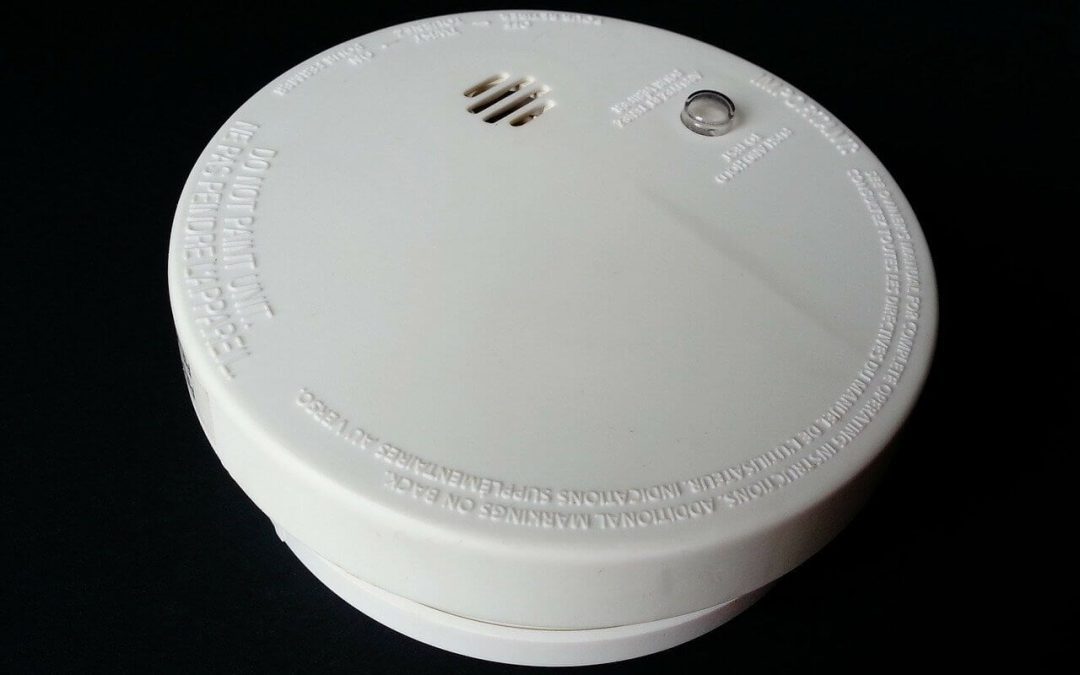The freedom of the open road is what draws many to the RV lifestyle, but that sense of adventure is built upon a foundation of safety. Modern recreational vehicles are engineered with numerous specialized RV safety features designed to protect you, your passengers, and your investment. As an RVer, understanding these built-in systems is crucial for maintenance and also for ensuring you will respond effectively in an emergency. These features are the silent, constant guardians of your journey.
Understanding Critical Fire and Gas RV Safety Features
Due to the presence of propane, electrical systems, and cooking appliances, RVs require multiple layers of protection, all of which are mandatory RV safety features. Every RV is equipped with a smoke detector, a carbon monoxide (CO) detector, and a propane/gas leak detector. The smoke detector is typically a standard residential unit, essential for warning against electrical fires or cooking mishaps. The carbon monoxide detector is vital because CO is an odorless, colorless gas produced by combustion that can be lethal, often stemming from generator exhaust or furnace malfunctions. The propane/gas leak detector is uniquely important to RVs. Propane is heavier than air, this detector is usually placed low to the floor near the appliances to alert you instantly if gas is pooling, preventing a potential hazards. Regularly testing these RV safety features is the single most important task for safety.
Electrical System Protecting Against Catastrophe
The electrical system in an RV requires robust RV safety features to prevent dangerous overloads and shorts. Among these is the integrated circuit breaker panel. Just like in a home, these breakers automatically trip when they detect an overload, preventing wiring from overheating and causing a fire. Never bypass or tamper with a circuit breaker. Another crucial protection is the Ground Fault Circuit Interrupter (GFCI) outlet. These are typically found in “wet” areas like the bathroom and kitchen, and near exterior access points. GFCI outlets instantly cut power when they sense a short circuit to the ground (like a dropped hair dryer), preventing electrocution. Ensuring the GFCI outlets are tested monthly by pressing the “Test” button is a simple but vital part of maintaining these RV safety features. The RV’s onboard power converter also provides protection by regulating voltage flow to sensitive electronics and maintaining battery charge safely.
Braking and Chassis RV Safety Features: On the Road
While driving, the chassis and mechanical components house multiple crucial RV safety features designed for emergency situations, especially with towed or larger units. For towable RVs, the breakaway switch is a life-saving device. This feature is connected to the tow vehicle by a lanyard. If the trailer becomes disconnected while driving, the lanyard pulls a pin from the switch, immediately engaging the trailer’s electric brakes, hopefully bringing it to a rapid, safe stop. This prevents the runaway trailer from becoming a hazard. Furthermore, almost all motorized RVs and many towables are equipped with Tire Pressure Monitoring Systems (TPMS). Tire failure is a leading cause of RV accidents, and the TPMS constantly monitors the pressure and temperature of each tire, alerting the driver immediately to low pressure or overheating, a critical warning to prevent a blowout.
Access and Egress RV Safety Features
The RV entry door is designed with specific safety considerations. Many feature a deadbolt or secondary locking mechanism for security against intrusion when you are inside. More importantly, every RV is required to have an adequate emergency exit window. These windows are clearly marked and designed to be easily opened or pushed out in a crisis, such as a fire, when the main door may be blocked. Familiarizing everyone staying in the RV with the location and operation of this emergency exit is a fundamental practice for utilizing built-in RV safety features. Finally, the stairs leading into the RV often have integrated lighting or non-slip treads to prevent falls, especially in poor light or wet conditions.
Frequently Asked Questions (FAQs)
How often should I replace the batteries in my RV safety features detectors?
The batteries in detectors should typically be replaced at least once a year, even if the unit hasn’t sounded an alarm.
Does my RV’s fire extinguisher count as a built-in safety feature?
Yes. All new RVs are required to include at least one fire extinguisher, often mounted near the kitchen or entry door.
What is the safe height for the propane gas leak detector?
Since propane is heavier than air, the propane/gas leak detector is intentionally installed low to the floor (usually within 12 inches) near the appliances.
Should I cover my GFCI outlets when cleaning the RV?
It is a good idea to temporarily cover the GFCI outlets to prevent water spray from triggering a trip or causing damage.
Chief RV offers RV inspections and services in Southern California. Contact us to schedule an appointment.

